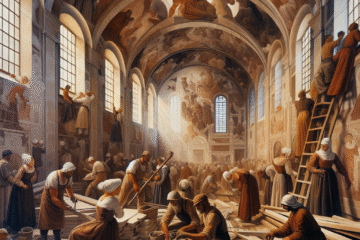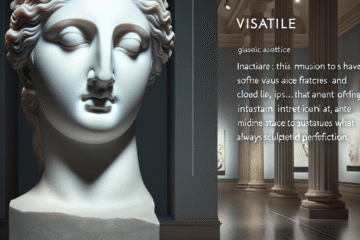Expressionism is an art movement that originated in Germany at the beginning of the 20th century. It is characterized by a highly emotional and subjective approach to art-making to express the inner experiences and emotions of the artist.
One of the critical features of Expressionist art is the use of vibrant, non-naturalistic colors and exaggerated forms. This painting style is often associated with the help of bright, bold brushstrokes and a heavy emphasis on the work’s emotional impact.
One of the most famous Expressionist artists is Vincent van Gogh, whose emotional and expressive paintings are now iconic. One of his most well-known works, “The Starry Night,” is a prime example of Expressionist style, with its swirling, turbulent skies and bright, vibrant colors.
Another influential Expressionist artist is Edvard Munch, whose painting “The Scream” is a powerful example of the movement’s emphasis on expressing inner emotions. The painting depicts a figure with a contorted face and body, conveying a sense of intense anguish and distress.
In addition to painting, Expressionism also emerged in other art forms, such as literature and film. The Expressionist film movement, which appeared in Germany in the 1920s, was characterized by its use of non-linear storytelling and unconventional camera techniques to convey the inner emotional experiences of characters.
Overall, Expressionism is an art movement that values emotional expression and subjectivity and is characterized by using bold, non-naturalistic forms and colors. It has significantly impacted the art world and continues to inspire artists today.


